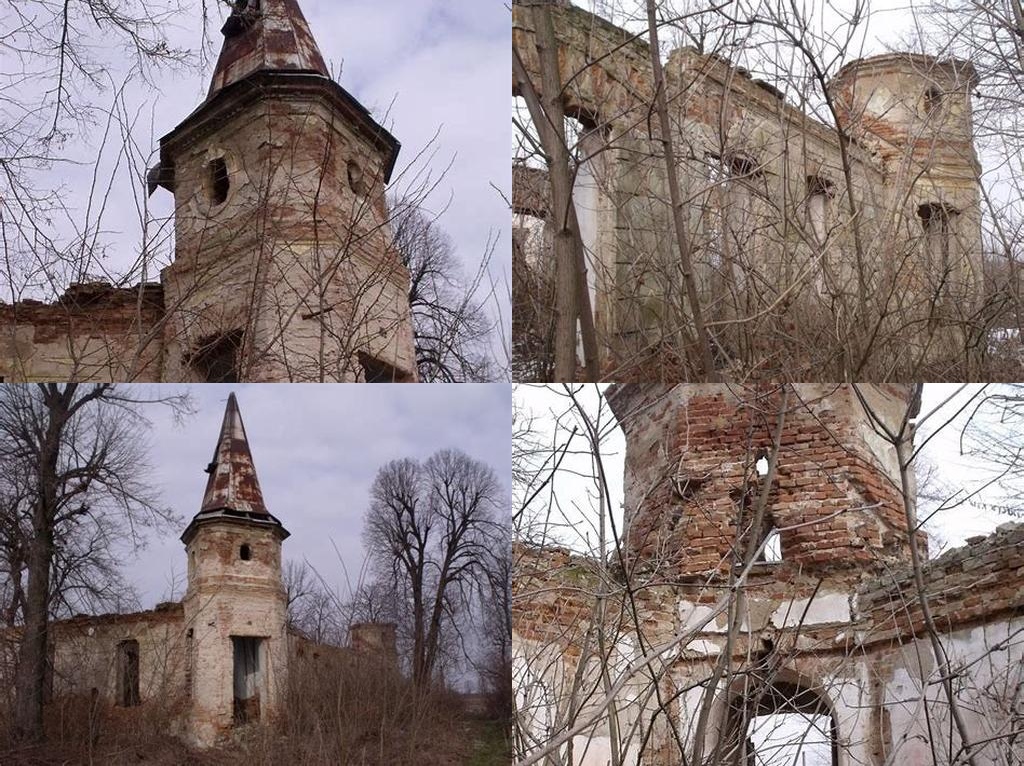
Dobozy-kastély, the stately manor house nestled in the peaceful town of Mezőcsát, might appear unassuming from a distance, but it holds an atmosphere thick with stories. If you’re intrigued by places that combine elegance, echoes of old aristocratic life, and a hint of faded grandeur, this is a spot that invites slow exploration and thoughtful wandering. The castle’s silhouette, set amid an English-style park, forms the kind of gentle landmark that isn’t meant to stun you with opulence, but rather to slowly win you over with its secrets—and perhaps a few mysteries to ponder along the way.
The history of Dobozy-kastély stretches back to the first half of the 19th century, a time when Hungary, like much of Central Europe, was balancing between tradition and renewal. The castle originally belonged to the prominent Dobozy family, whose name the estate still bears. Built around 1820, its architecture reflects the restrained, harmonious lines of provincial classicism. Instead of marble colonnades and gilded ceilings, you’ll find here symmetrical facades, careful proportions, and windows that pour sunlight into spacious halls—an invitation not just to see the building, but to feel its calm, almost meditative ambiance.
Wandering the grounds, you can almost picture the township’s well-to-do gathering for garden parties beneath the old trees, or envision the castle’s privileged children running down its broad corridors. Life for the Dobozy family and their guests wasn’t just about elegance; it was also deeply entwined with the intellectual and cultural currents of Hungary. After all, during the 19th and early 20th centuries, Mezőcsát served as a lively regional center, with Dobozy-kastély at the heart of its social life. Stories persist of gatherings that discussed literature, local politics, and art—conversations that may have drifted out open windows and mingled with birdsong in the park.
Perhaps it’s this connection to both local tradition and larger historical movements that gives the place its unique vibe. Dobozy-kastély isn’t a fortress or a royal palace, but rather a home with layers of meaning: the evolution of Hungarian country estates, the transformation of rural society, and eventually, the turbulent 20th century. The castle, much like the country itself, was swept up in shifting tides; after World War II, the property was nationalized, and for decades it was used for communal purposes—sometimes as a school, later as a cultural center. Each chapter left a trace, visible in the details: the worn steps, the slightly scuffed parquet floors, the faded portraits that still stubbornly cling to the walls.
What many find captivating in Dobozy-kastély is precisely this sense of resilience—how the building has adapted through the storms of history, yet still stands proudly as a symbol of Mezőcsát’s past. If the grandeur is muted, it’s no less real. As you stroll through the main hall or glance out over the park’s quiet paths, there’s room to imagine what life was like during its heyday, and to admire how the stone walls have outlasted empires and governments.
The castle isn’t isolated either. Mezőcsát itself is a charming town woven with its own stories, where market day bustle contrasts with the hush that settles over the Dobozy estate. If you’re lucky, your visit will coincide with one of the occasional cultural events or exhibitions hosted here, breathing new life into these old rooms. Even without a major event, there’s a serene pleasure in pausing beneath the castle’s venerable trees or listening as a summer breeze stirs the grass—a momentary immersion in the kind of slow, rural rhythms that modern life often lacks.
And don’t overlook the legacy left by the Dobozy family themselves. Their commitment to the local community, education, and culture is memorialized not just in stone, but in the stories you’ll hear from local guides and residents. Those personal anecdotes, fragments of recollection from a grandparent or family friend, give the castle warmth and depth impossible to find in guidebooks or postcards.
So if your travels take you to Hungary’s north-east and you crave an authentic encounter with the country’s layered past, Dobozy-kastély is worth the detour. Give yourself time to explore its rooms, linger in the gardens, and maybe, after your visit, you’ll carry a little of its subtle magic with you—an enduring reminder that history is best experienced not at a sprint, but at a stroll.





